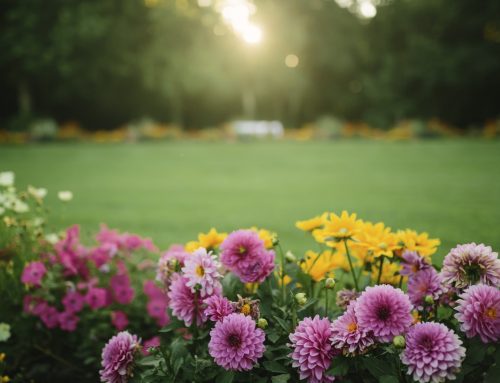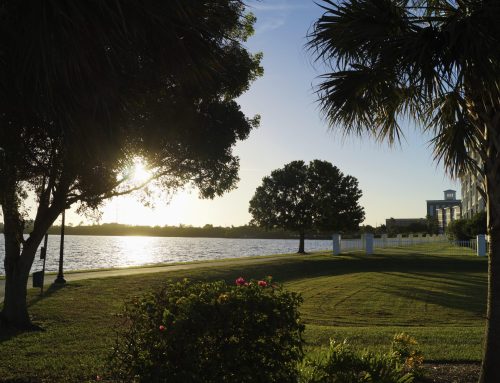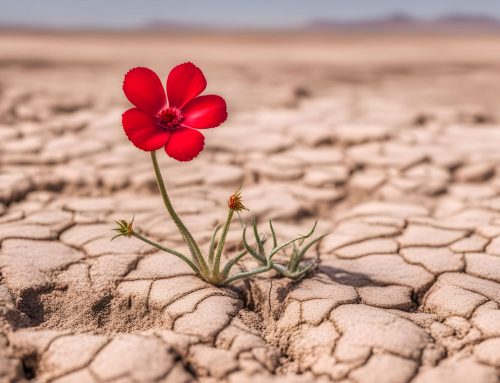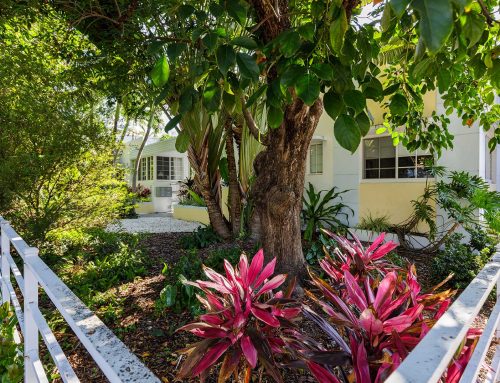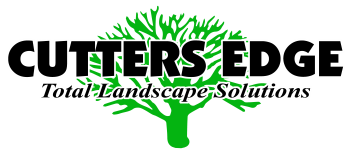Palm trees are iconic to South Florida—from the elegant streets of Fort Lauderdale to tranquil backyards in Weston and vibrant commercial spaces in Davie. But their beauty doesn’t come automatically. Proper care, especially pruning, is crucial to ensure your palms stay healthy, safe, and visually appealing year-round.
Whether you’re exploring yard landscaping or upgrading your commercial landscaping project, understanding the best practices for palm pruning can help protect your investment and preserve the natural elegance these trees bring to Florida’s outdoor spaces.
When to Prune Palm Trees in Florida
Timing is everything. The best period to prune palms is late spring to early summer, when they are actively growing and can recover more quickly. Pruning in cooler months, especially winter, can slow recovery and stress the tree—leaving it vulnerable to pests, diseases, and environmental damage.
However, safety always comes first. Dead or hazardous fronds should be removed immediately, regardless of the season, to prevent accidents and property damage.
What to Remove—and What to Keep
A well-pruned palm is not stripped bare. Instead, follow the “nine-to-three” rule: imagine the tree’s crown as a clock. Only remove fronds that hang below the horizontal line (between the 9 and 3 o’clock positions). These are typically dead or dying and no longer contribute to the tree’s health.
Here’s what should be pruned:
- Dead or dying fronds: Brown, drooping leaves below the horizontal line.
- Seed pods and fruit stalks: These can create messes, attract pests, and even pose safety hazards when they fall.
Avoid removing healthy green fronds—these are essential for photosynthesis and structural balance. Over-pruning, especially the so-called “hurricane cut”, not only weakens the tree but can also make it more susceptible to wind damage and nutrient deficiencies.
Tools and Techniques for Safe, Effective Pruning
For effective garden landscaping, it’s important to use the right tools and techniques:
- Sterilized equipment: Prevents disease transmission.
- Pole saws: Ideal for tall palms.
- Clean cuts: Trim fronds close to the trunk without nicking or injuring it.
- No climbing spikes: These cause permanent trunk damage and open the door to infection.
Understanding the specific needs of your palm species is also key. Some, like the royal palm or foxtail palm, are “self-cleaning” and naturally shed dead fronds—requiring minimal maintenance.
Why Fruit and Seed Pod Removal Matters
Seed pods may seem harmless, but they bring several problems:
- They attract pests like rodents and insects.
- They create mess and can stain driveways, sidewalks, or pool decks.
- They can pose hazards—heavy fruit, like coconuts, can fall and injure people or damage property.
Removing them redirects the tree’s energy into healthy growth and improves the overall appearance and safety of your landscape—whether it’s around your home or integrated into a pool and landscape design near me.
Avoid the Risks of Over-Pruning
The impulse to trim for a cleaner look is understandable—but removing too many fronds harms your palm’s health:
- Weakens the canopy, making the tree vulnerable in storms.
- Interrupts nutrient flow, leading to yellowing leaves and slower growth.
- Increases pest risk, as sparse trees are more exposed.
Proper pruning, paired with expert outdoor design, will ensure your palms enhance your property’s beauty without compromising their integrity.
Get Expert Help with Palm Tree Care in Broward County
Well-maintained palm trees are a cornerstone of great landscaping in Florida. But doing it right requires knowledge, precision, and care. Whether you need routine maintenance, seasonal pruning, or are designing a lush tropical space, professional guidance ensures your palms stay healthy, safe, and stunning.
Contact Cutters Edge Pro—your trusted experts in yard landscaping, tree care, and commercial landscaping in Davie, Weston, Fort Lauderdale, and all across Broward County. From certified arborists to experienced landscape gardeners near you, we’re here to keep your palms—and your entire landscape—thriving.

